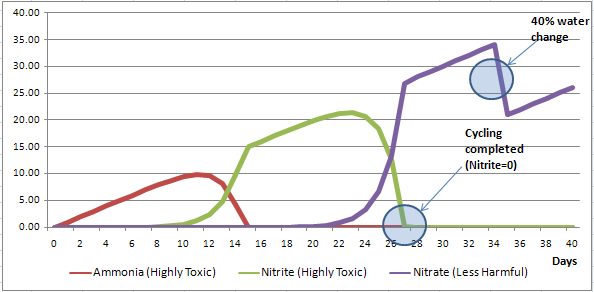I have seen a small crab (?Xanthid) in my new live rock and placed a bottle trap in my tank to catch it.
I have now discovered that I have a 4"-long green bristle worm in there after it pulled the prawn out of the bottle and tried to take it back into the live rock! It has since disappeared and left a thread-like web on the live rock.
(How do I add photos and video to the forums?!)
There appear to be mixed opinions about the value of Xanthid crabs and Bristle worms but I am planning to develop a coral reef with fish and am concerned that these hitchikers may cause a problem.
I am hoping that others in the sanctuary will be able to give definitive advice...
I have now discovered that I have a 4"-long green bristle worm in there after it pulled the prawn out of the bottle and tried to take it back into the live rock! It has since disappeared and left a thread-like web on the live rock.
(How do I add photos and video to the forums?!)

There appear to be mixed opinions about the value of Xanthid crabs and Bristle worms but I am planning to develop a coral reef with fish and am concerned that these hitchikers may cause a problem.
I am hoping that others in the sanctuary will be able to give definitive advice...



